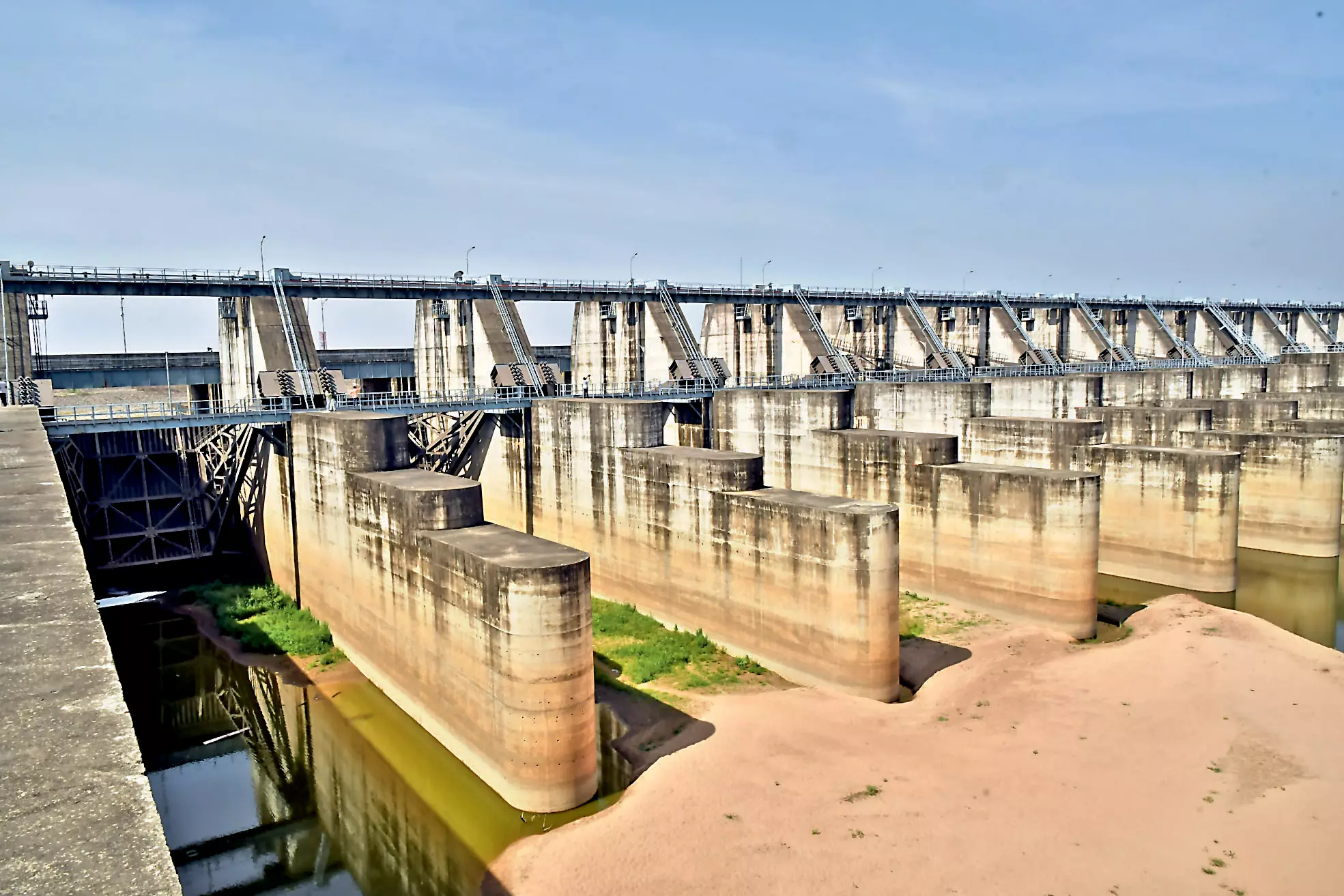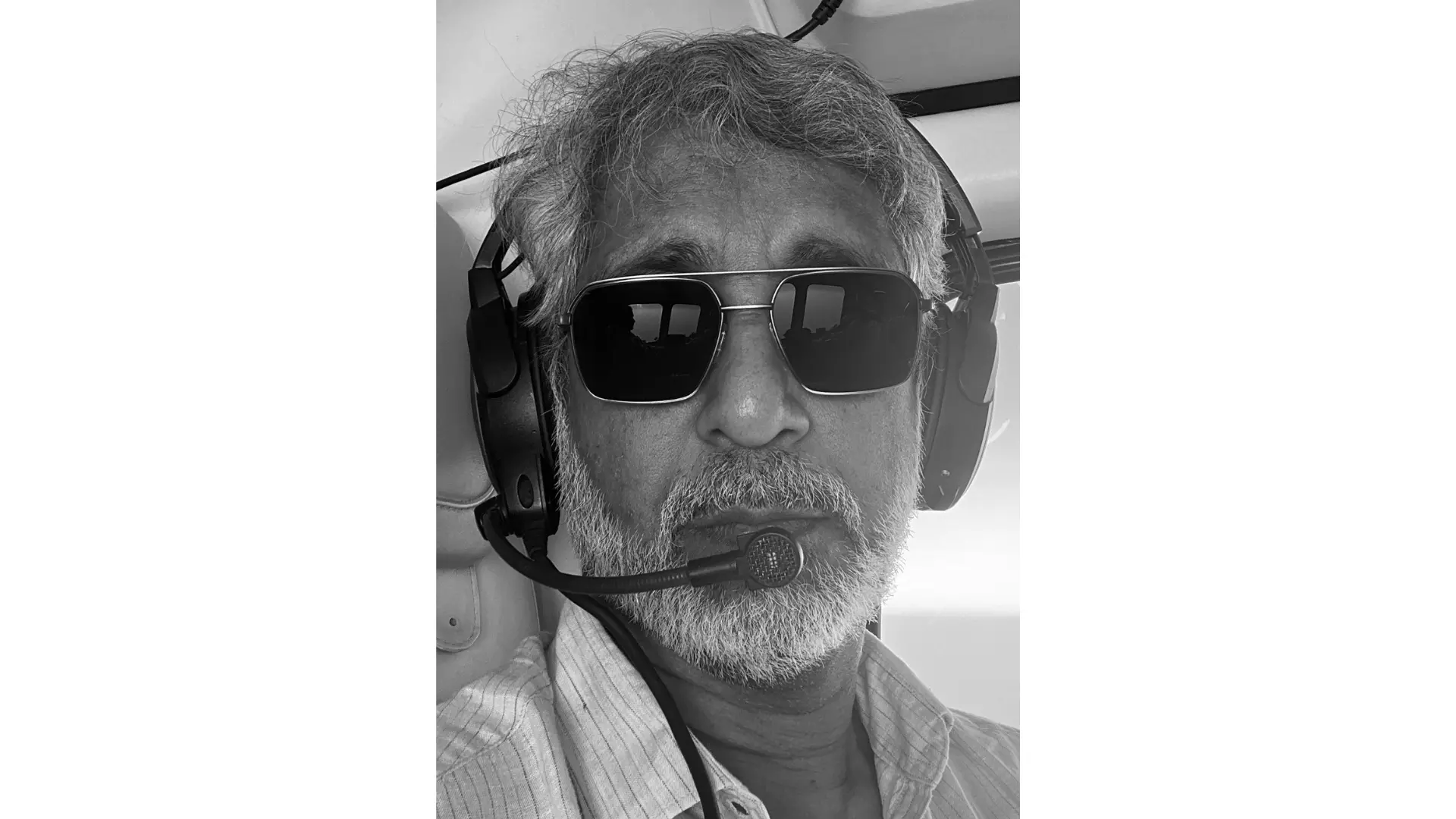Design Flaws Exposed in Kaleshwaram Barrages: IIT Report

HYDERABAD: The rush for constructing the three Kaleshwaram project barrages and getting it into operational mode by the then BRS government appears to have resulted in cutting of corners in both investigations and designing of the barrages.
All three barrages — at Medigadda, Annaram and Sundilla —followed similar design principles provided by the Central Designs Organisation (CDO) of the irrigation department, and were inaugurated in 2019, three years after contracts were signed for their construction. All developed problems including leaks, seepages, forming of cavities under their foundations, and in the case of Medigadda, partial sinking of Block 7 of the barrage resulting in serious cracks in some of the piers of the block.
According to a report by IIT Roorkee which reviewed the designs of the Medigadda barrage, several shortcuts appear to have been taken in designing, and some design calculations left much to be desired. The end result was the eventual serious damage that occurred to the barrage on October 21, 2023, just four years into the operation of the barrage that was supposed to have been designed with a lifespan of a 100 years.
One of the problems at all the barrages was that the shooting velocities of water, once released from the under the gates, exceeded the design parameters resulting in downstream protection structures, whose repeated failures over five flood seasons, eventually led to more serious problems.
These deficiencies and problems were among those that were also admitted to by both irrigation department engineers and those from the contractors, at the judicial commission of inquiry probing the failures at the barrages.
The IIT report said that “in none of the runs of the model study, velocities were measured downstream of the gates. Apart from it, what were the flow conditions on downstream of gates including stilling basin and further downstream are not mentioned in the report at all.”
The report also found that the designed thickness of the launching apron as 1 metre downstream and varying thickness 1.2 metres to 1.6 metres upstream were not adequate.
One of the unique features of the Kaleshwaram barrages was the use of secant piles as part of their foundations, and these were provided on both upstream and downstream sides of the barrages. However, the IIT study found that the secant piles were “being used as cutoff piles to reduce the exit gradient” and in such cases, “secant piles will be subjected to water pressure in horizontal direction.”
In what could be a damning indictment of the choice for secant piles, which were employed instead of the originally considered cut-off walls, meant the “present design does not seem to have considered the horizontal water pressure on the secant pile. The horizontal pressure should be considered for various scenarios including scour consideration at downstream end.”
The report pointed to lack of “design in the secant pile” and that “water pressure was not considered in the original design document.”
Even “rock mapping along the upstream and downstream secant piles was not carried out.” From the available borehole data, rock in form of fine to medium grain sandstone was found at varying depth of about 6 metres to 14 metres. However, no erodibility tests were carried out, the report added.
These tests may have helped designers to determine the ability of fine to medium grained sandstone to withstand the various pressures of the barrage structure and the stored water.
IIT Roorkee Flags Lack of Sedimentation Studies for Kaleshwaram Barrages
IIT Roorkee, as part of its design review, studied issues related to sedimentation at the Medigadda barrage. This reveals another aspect of the then government’s decision to use the barrage as a storage dam, something barrages are not designed for.
The IIT report said “the proposed structures at Medigadda, Annaram and Sundilla are only barrages.” This this being the case, the chances of problems on account of sedimentation was quite remote. Even if encountered, it would be insignificant. Therefore, detailed sedimentation study is perhaps not warranted.”
Though this was the claim in the detailed project report, the IIT study pointed out that “sedimentation studies of river regime for construction of barrage, is a codal requirement,” and concluded that “no sedimentation studies were conducted for the river regime for construction of barrage in the design stage.”
Once the barrages were emptied after the disaster at Medigadda, it was discovered that huge sand deposits had formed at Sundilla, Annaram, and at Medigadda, possibly affecting the river flow and storage dynamics and their impact on the barrage structures.

